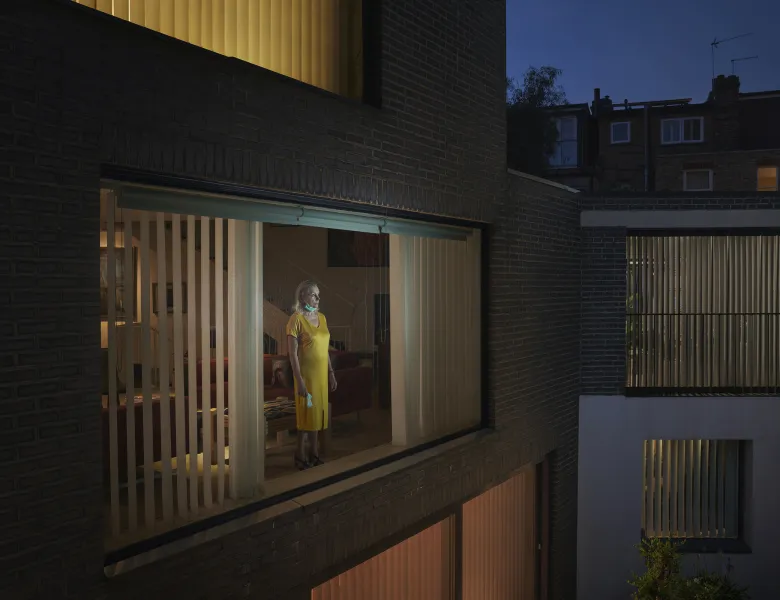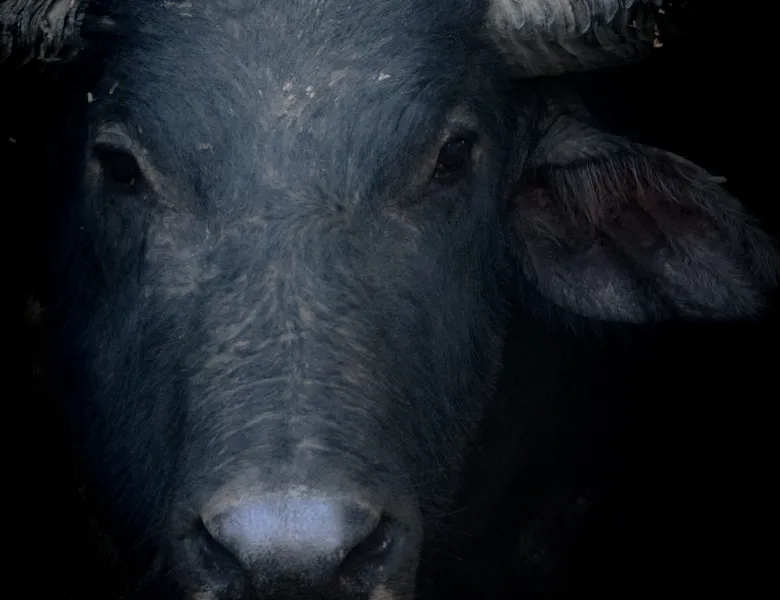Graciela Iturdibe receives our most prestigious award
To mark this recent accolade, the 78 year-old Iturdibe has chosen 25 images from her expansive 50-year career. The collection will be showcased on our digital platforms from 15 April alongside successful images from this year’s Sony World Photography Awards. We caught up with Iturbide to discover more about her enigmatic work and what this latest recognition means to her.
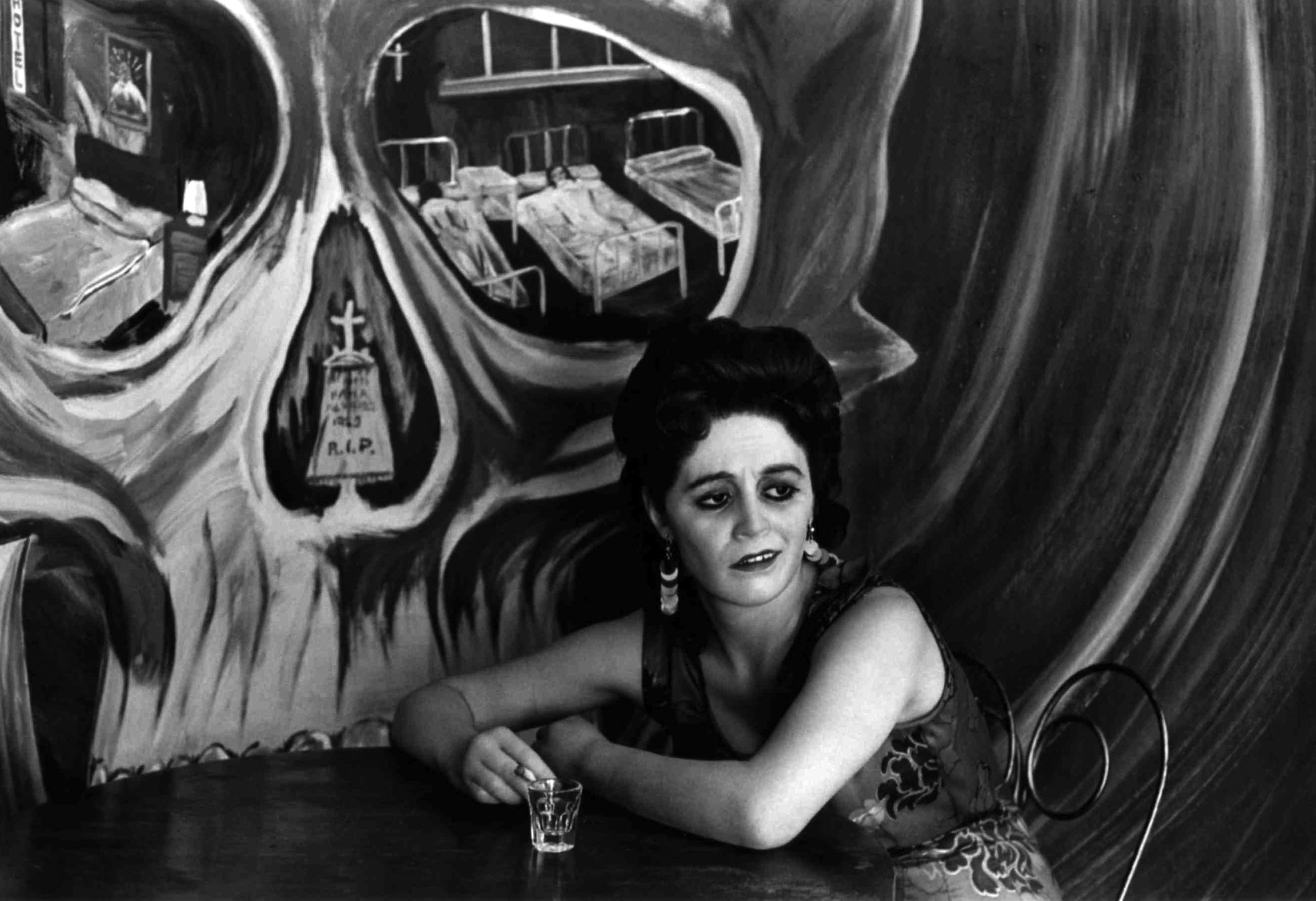
Congratulations on being awarded the Outstanding Contribution to Photography. You’re no stranger to international recognition but what does this particular accolade mean to you?
I am very happy and honored to be able to receive this award. I want to tell you that it is a great incentive to continue working.
Have you discovered anything new about your work after accepting this Award?
Unfortunately with the current pandemic I have not been able to go out and photograph but I have thought a lot about this discipline. I hope that this recognition will help me to continue photographing
What have you been working on over the past year?
I have been working on my archive and preparing some exhibitions. Unfortunately I have not been able to go out to shoot but I have taken the opportunity to re-read some literature and poetry books that are related to, or inspire, my work.
What is it about black & white photography that intrigues you?
I have always worked in black & white, with some small exceptions, but it strikes me that the monochrome image makes the subject become more abstract, which appeals to me.
Why are you drawn to photograph Mexico’s Indigenous cultures?
At the beginning of my photographic career I had the opportunity to go to indigenous communities and through these visits I got to know my country and its different cultures better. I had the complicity with different communities and was able to work with them and share their life with them. Unfortunately I cannot return to these communities at the moment due to drug trafficking and the many dangers that now exist in my country. Now I travel outside of Mexico – to Rome, India, the United States for example.
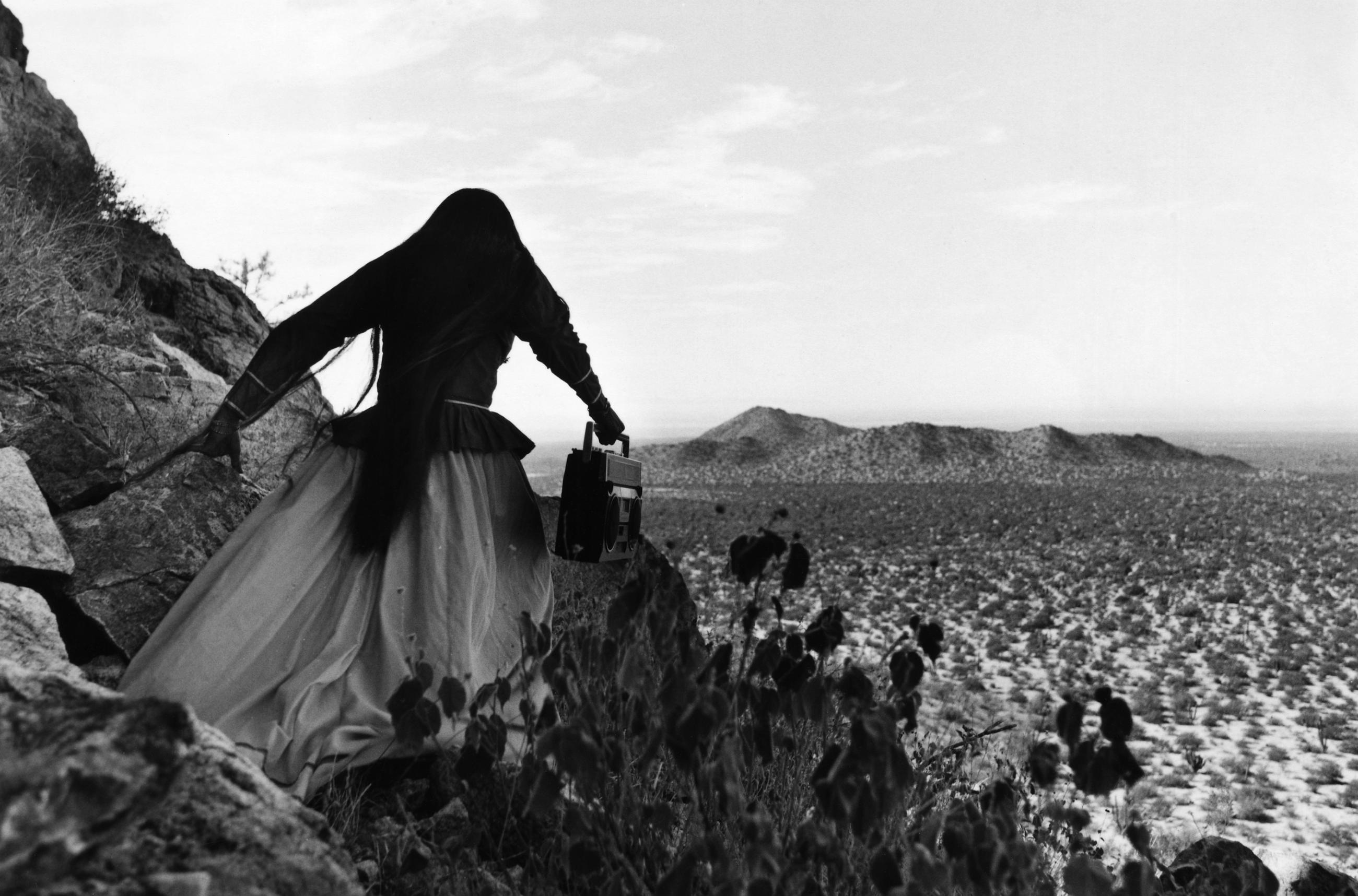
How have you seen photography in Latin America develop over the past 50 years?
I do not like to separate Latin America from the rest of the world as there are so many good photographers creating work no matter where they are from. I have seen the medium developing internationally in a fantastic way.
You initially wanted to be a film director, do you feel the cinema has impacted the way you photograph a scene and if so, how?
It probably has, yes, as the imagination is the predominant element in all my work. In the past I made some small documentaries which I have now recovered and am about to present. I watch a lot of films, but I lean towards Italian neo-realism cinema, the works by Swedish film director Ernst Ingmar Bergman and any good film that has some sense of spirituality. My greatest example of this is the Russian-Soviet filmmaker Andrei Arsenyevich Tarkovsky, who fills my soul the most. I try to show these films to my grandchildren.
You see photography as ‘a pretext to know the world, to know life’. You have told us the stories of the Seri Indians, the Zapotec Indians and members of the Mexican-American White Fence street gang. What have you learned about humanity through your 50-year career?
Everything that I have photographed has filled my spirit, that's why I keep photographing. And I repeat the process again and again – photographing is a good pretext to know the world and its culture.
Do you find photography cathartic?
It depends. In my case, what I photograph does not produce catharsis, instead it creates a feeling of understanding towards what I see, what I live for and what I feel. The painter Giotto said that to paint well you have to be in a state of grace. I think that it is at that specific moment when all my senses are attentive that I try to take a good image.
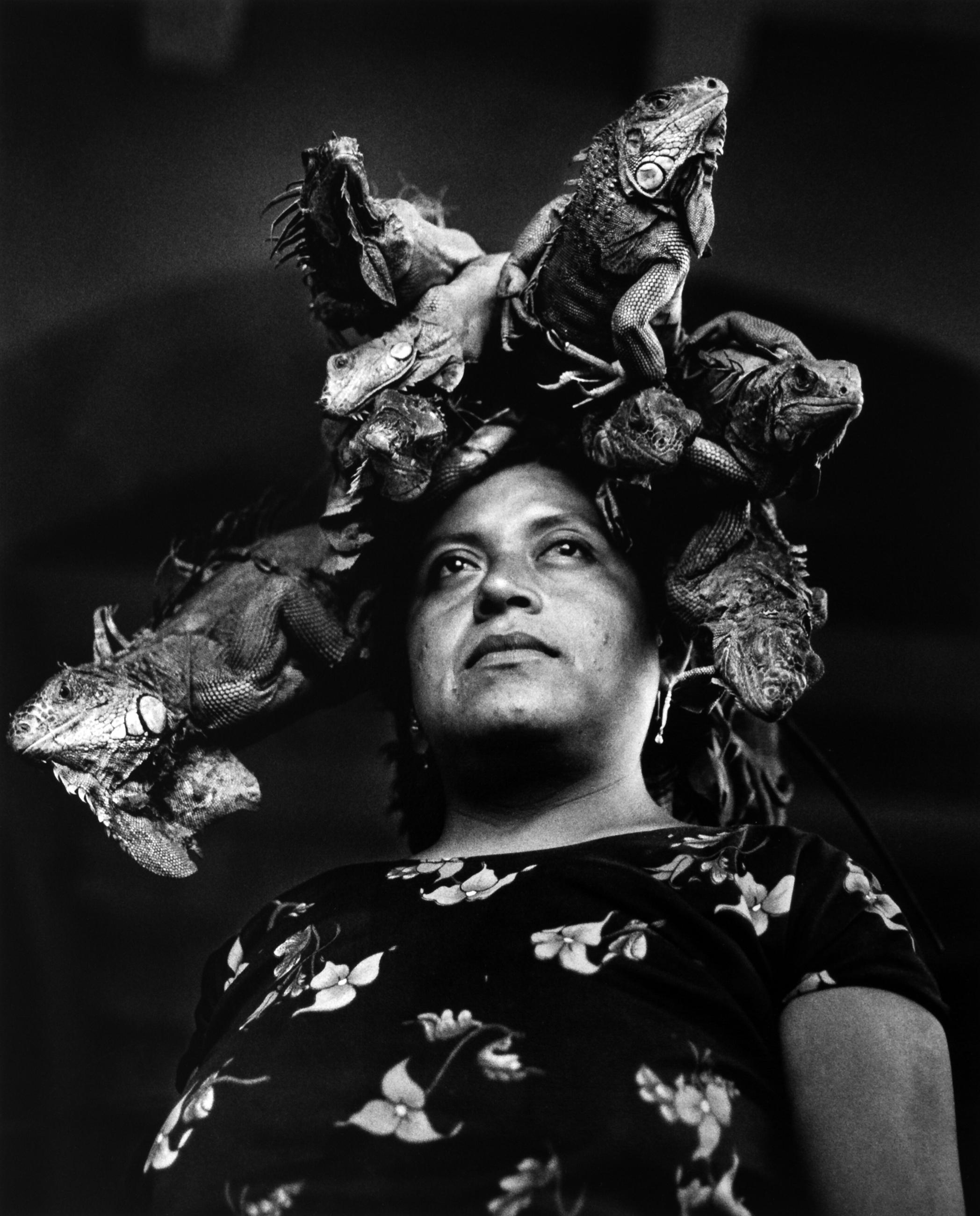
It seems as if your photography is driven by emotion - you feel your way to a picture. Tell us more about how you approach a portrait.
When I take portraits, chance plays a role. In other words, I do not prepare the portrait in advance, the picture appears at the moment when I am with the person I am photographing. There may be some situations that offer something unexpected which astonishes me. The complicity I have with the subject helps me to take advantage of this spontaneous moment to help produce a good result.
You are celebrated for having very little kit - you have a camera and that’s pretty much it. If we were to join you on a shoot for a few days, what would the process be like?
I don't have just one camera, I have three or four, because while traveling, the camera can break. I work with two cameras – one in 35mm and one or two in 6x6 format. I don't like having much more equipment, I never use a tripod or a flash.
You worked as the assistant to the great Manuel Alvarez Bravo and have described him as your ‘guru’. How did your time assisting him impact your photography?
This great man gave me the freedom to be who I am. Of course he taught me photography, but what he taught me the most is giving myself enough time to do things. I also learned wonderful things from other disciplines with him and above all being the woman that I am today.
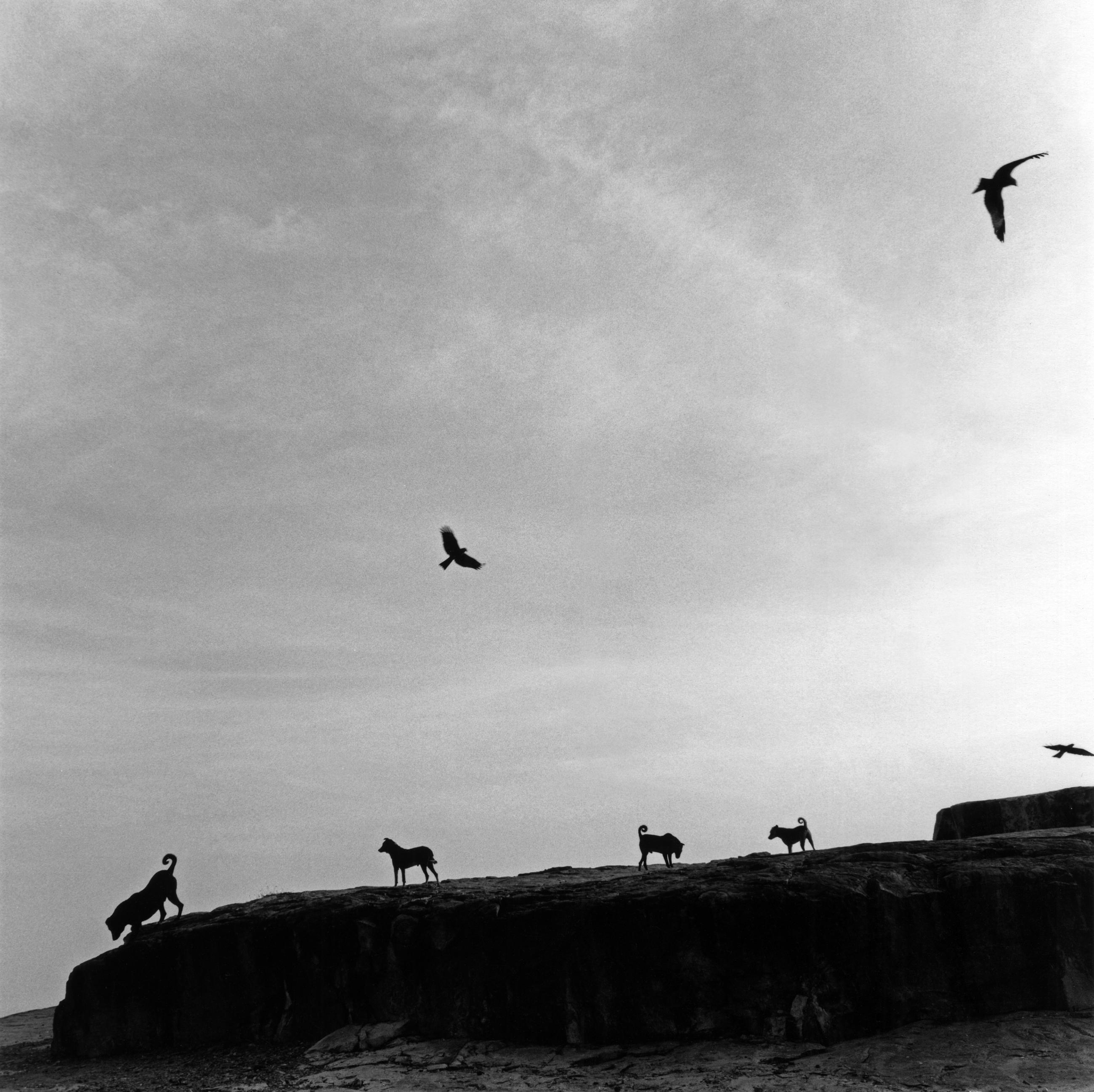
Did you ever find Bravo’s influence on your work held you back?
He absolutely did not stop me. I am always careful that his influence is discreet in my work, I respect and admire him, but everyone must go their own way.
Is there one subject you’ve photographed that you keep returning to?
My photographs of the Botanical Garden of Oaxaca. The gardeners put sticks and veils on the plants that came from the mountains and were adapting to the city to help preserve and protect them. Since I take the first images I go back to gardens and look at how the plants are being cared for. It continues to attract my attention.
What do you hope people learn from your photographs?
I am trying to show that I interpret in life what I see. In the case of Juchitán, a person told me once that my photos were not Juchitán, I answered no, that it is my Juchitán. With this, I always think that people should interpret what I am interpreting myself. I do not take my photograph so that the public will recognize it. Like I said before, if you like it, I'll be happy.
Save the date!
On 15 April we'll be celebrate Graciela Iturbide work through the start of our virtual exhibition plus in our special Awards programme
Stay tuned by signing up to our newsletter






